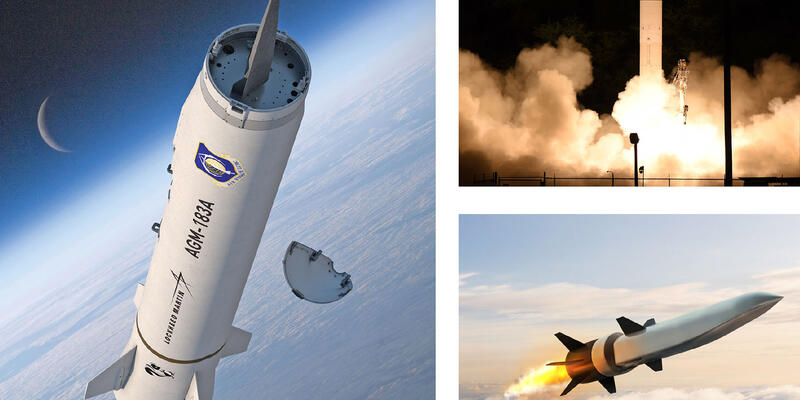I Slavic languages it means dagger.
And it works, including in actual battlefield conditions.
Yours is a prototype, oh and the name Maco is idiotic and it sounds like "da poppy".
You have drunken the Russian Kool Aid so much you take their bullshit without critical thinking. The Russians took an existing Ballistic missile. Figured out a way to mount it to an aircraft. And claimed it was a Hypersonic missile. So Mr Wanting to play word lawyer let's see the exact definition of a Hypersonic Missile.
At a Glance The Army, Navy, and Air Force are each developing hypersonic missiles—nonnuclear offensive weapons that fly faster than five times the speed of sound and spend most of their flight in the Earth’s atmosphere. Those missiles are intended to be maneuverable and capable of striking...

www.cbo.gov
After many decades of conducting basic research, the Department of Defense (DoD) recently increased its spending to develop technology for hypersonic weapons. The Air Force, Army, and Navy all plan to field hypersonic missiles within the next few years. China and Russia have stated that they are also fielding such weapons.
The term "hypersonic weapon" is often misapplied. Strictly speaking, it refers to a missile that travels at speeds at least five times the speed of sound in air (Mach 5 or above) and that spends most of its flight inside the Earth's atmosphere (rather than in space), where it can use aerodynamic design features to maneuver.
The combination of long range, high speed, and maneuverability distinguishes the hypersonic weapons that DoD is developing from the conventional strike weapons in the U.S. military's current inventory. Hypersonic missiles are considered a possible counter to the antiaccess and area-denial (A2/AD) systems that potential near-peer adversaries such as China and Russia are deploying to prevent U.S. forces from operating freely in their regions. In theory, hypersonic weapons could be launched from outside the range of those systems and could reach targets within minutes over medium to intermediate ranges (from hundreds to a few thousands of kilometers), with a high degree of accuracy and less vulnerability to defenses than existing missiles.
1
The Congressional Budget Office analyzed the relative capabilities and possible costs of hypersonic missiles and potential alternatives in scenarios in which long-range, rapid-response weapons might be useful. CBO found that hypersonic missiles with sufficient ranges for A2/AD scenarios—at least 1,000 kilometers (km), or about 600 miles, for missiles launched from aircraft and at least 3,000 km, or about 1,900 miles, for missiles launched from the ground or sea—have the speed to be useful in the early stages of a conflict with a near-peer adversary.
Hypersonic missiles with those ranges, however, would be more expensive than similar ballistic missiles and pose much greater technical challenges (see
Figure S-1). CBO estimates that hypersonic missiles would cost roughly one-third more than ballistic missiles with maneuverable warheads that had the same range and accuracy and traveled at similar speeds. (The United States does not currently field such ballistic missiles, but the technology for them is well developed.)




www.popularmechanics.com

